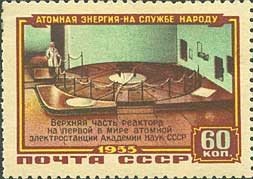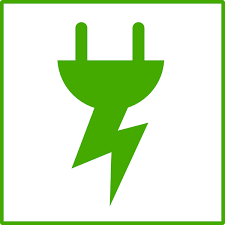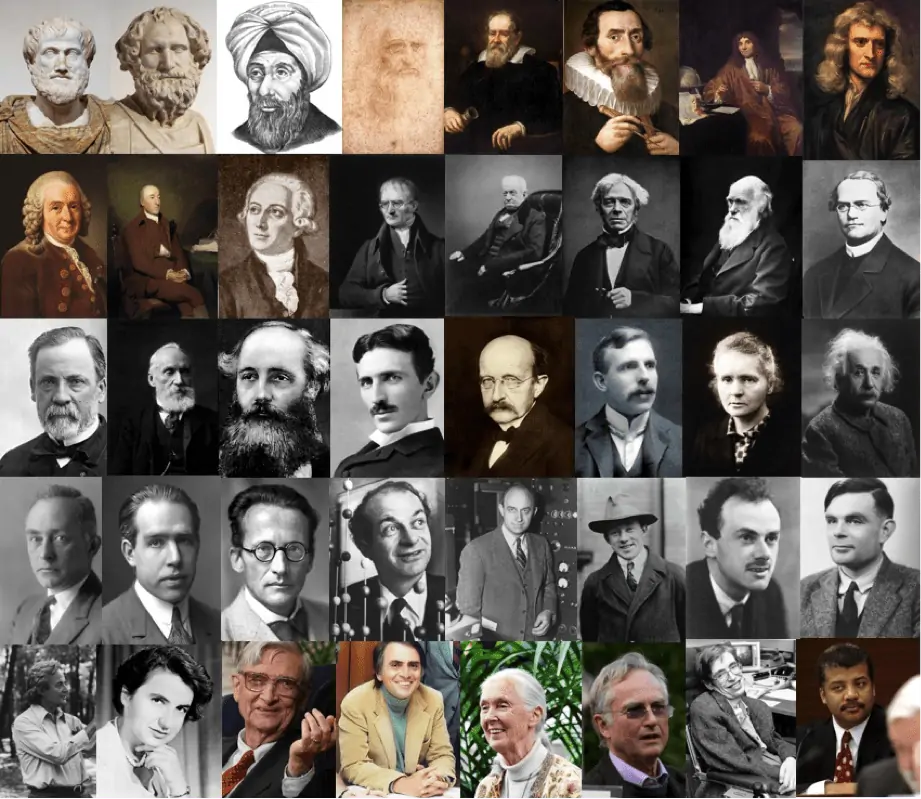Stamp: Upper part of the World's First Power Station Reactor (Soviet Union, USSR 1956)
Upper part of the World's First Power Station Reactor (Soviet Union, USSR 1956)
31 January (Soviet Union, USSR ) within release Industry goes into circulation Stamp Upper part of the World's First Power Station Reactor face value 60 Russian kopek
| Stamp Upper part of the World's First Power Station Reactor in catalogues | |
|---|---|
| Michel: | Mi:SU 1803 |
Stamp is square format.
Also in the issue Industry:
- Stamp - USSR Academy of Sciences' Nuclear Power Plant face value 25;
- Stamp - Upper part of the World's First Power Station Reactor face value 60;
Stamp Upper part of the World's First Power Station Reactor it reflects the thematic directions:
An economy is an area of the production, distribution and trade, as well as consumption of goods and services. In general, it is defined as a social domain that emphasize the practices, discourses, and material expressions associated with the production, use, and management of resources. A given economy is a set of processes that involves its culture, values, education, technological evolution, history, social organization, political structure, legal systems, and natural resources as main factors. These factors give context, content, and set the conditions and parameters in which an economy functions. In other words, the economic domain is a social domain of interrelated human practices and transactions that does not stand alone.
In microeconomics, an industry is a branch of an economy that produces a closely related set of raw materials, goods, or services.For example, one might refer to the wood industry or to the insurance industry.
In physics, energy (from Ancient Greek ἐνέργεια (enérgeia) 'activity') is the quantitative property that is transferred to a body or to a physical system, recognizable in the performance of work and in the form of heat and light. Energy is a conserved quantity—the law of conservation of energy states that energy can be converted in form, but not created or destroyed. The unit of measurement for energy in the International System of Units (SI) is the joule (J).
A scientist is a person who researches to advance knowledge in an area of the natural sciences
Electricity is the set of physical phenomena associated with the presence and motion of matter possessing an electric charge. Electricity is related to magnetism, both being part of the phenomenon of electromagnetism, as described by Maxwell's equations. Common phenomena are related to electricity, including lightning, static electricity, electric heating, electric discharges and many others.
Interior design is the art and science of enhancing the interior of a building to achieve a healthier and more aesthetically pleasing environment for the people using the space. With a keen eye for detail and a creative flair, an interior designer is someone who plans, researches, coordinates, and manages such enhancement projects. Interior design is a multifaceted profession that includes conceptual development, space planning, site inspections, programming, research, communicating with the stakeholders of a project, construction management, and execution of the design.





